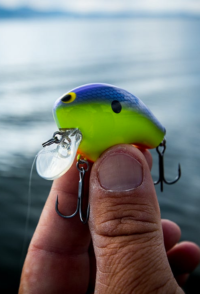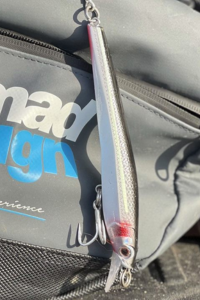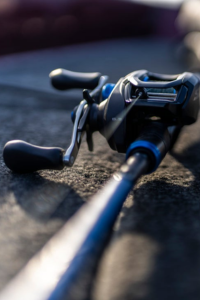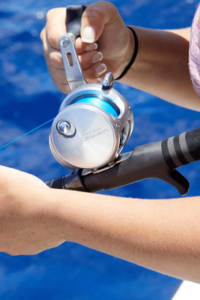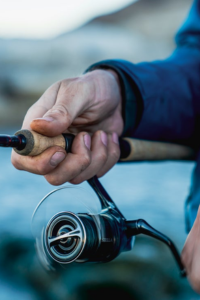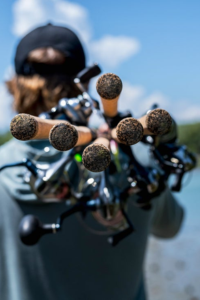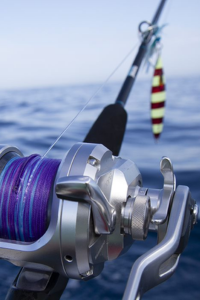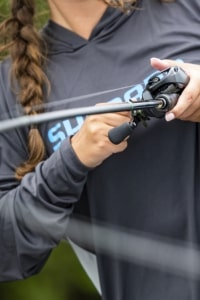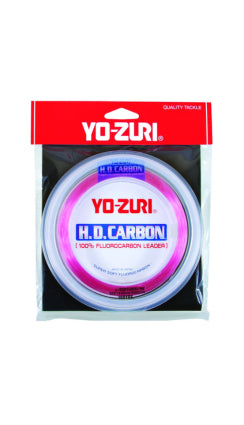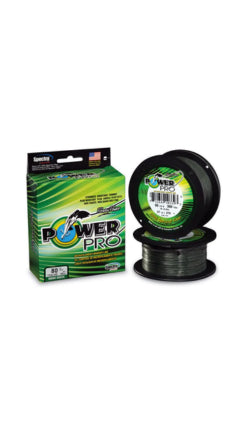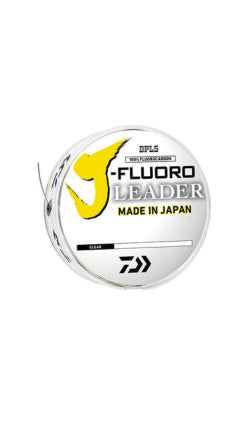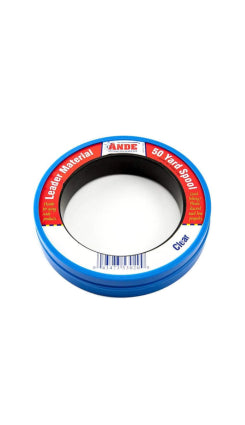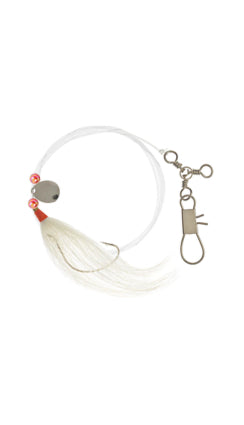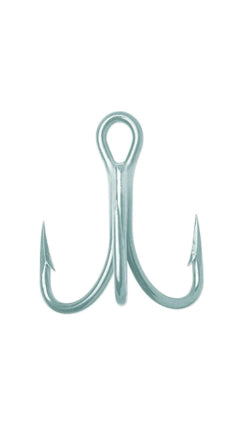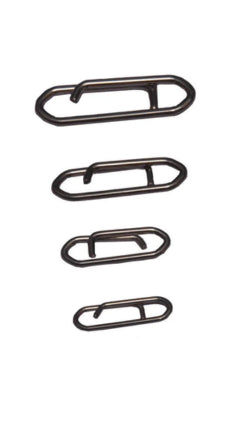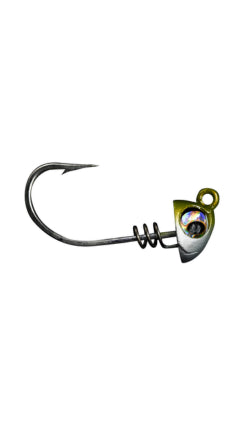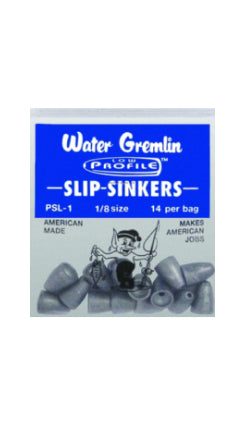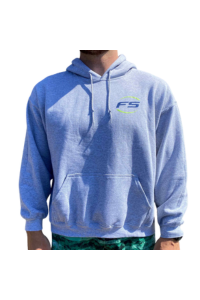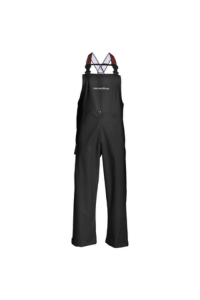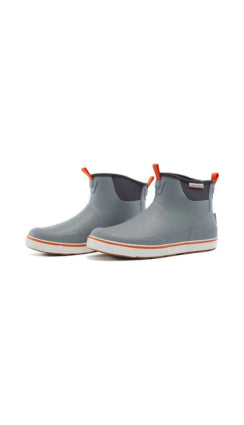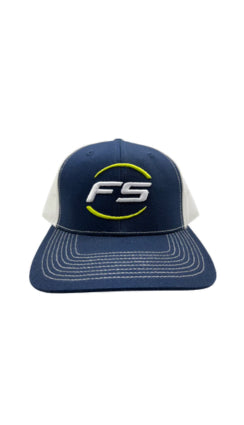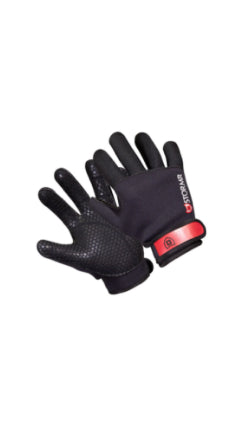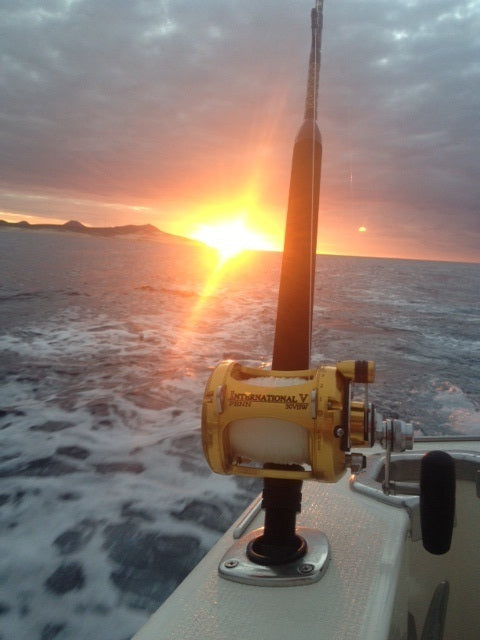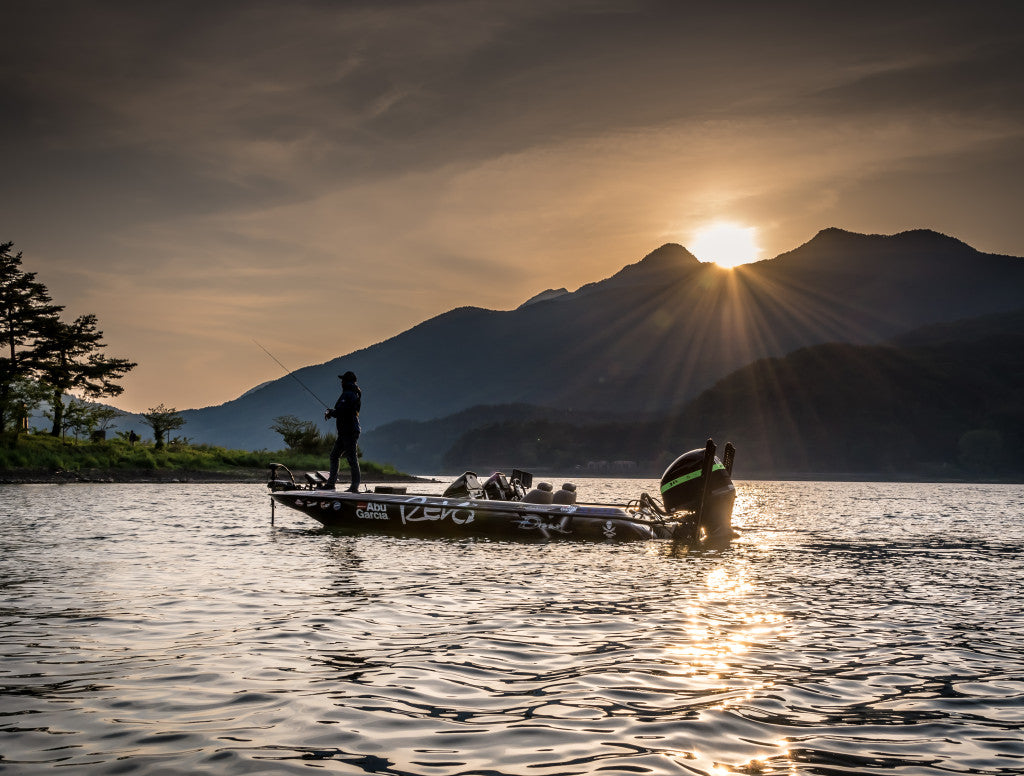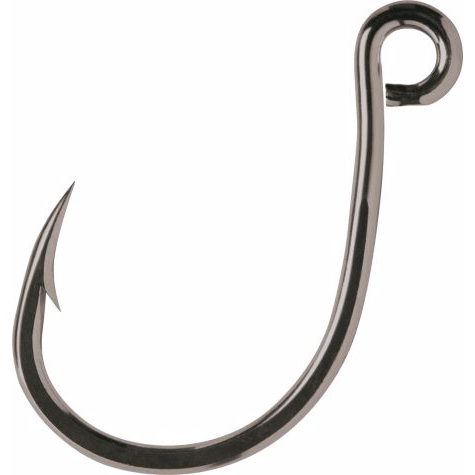Offshore Fishing
Regardless of whether you prefer to stay on (or close to) land or head way out on the wild seas, both inshore and offshore fishing can make for a great day on the water. If you’re new to the sport of fishing, you might be wonder what the difference is between inshore vs offshore fishing. It’s actually a very common debate.
Determining which one is right for you really depends on what your personal preferences are and what species of fish you’re trying to catch. Once you can answer those questions, you can look at boat size and equipment requirements for inshore vs offshore fishing.
Let’s take a look at some of the key differences to help you decide.
Defining Inshore vs Offshore Fishing
Inshore fishing refers to any fishing that takes place in waters up to 30 meters deep. Here, you’ll catch smaller species such as snapper, trout, striped bass, tarpon and snook. Even through seasonal climate changes, inshore fishing offers a more consistent year-round experience for any skill level ranging from your child’s first fishing trip to the experienced angler.
Once you reach 30 meters deep, you’re considered “offshore” and in the deep-water fishing zone. Here, you’ll catch larger species like tuna, marlin, wahoo and amberjack. Offshore fishing trips often require a day-long or overnight commitment that often take you 30 to 130 miles away from the coast looking at 360 degrees of horizon.
Head this far out on the waters and you’re going to need a robust boat and sturdy, dependable equipment.
Boat and Equipment Needs
Inshore boats are usually small with very few amenities. Because waters are usually calmer inshore, your fishing vessel requirements are less intense. A few common inshore boats, often used to troll the surf line or inlets, include the small motorboat, kayaks and canoes.
You’re going to need a lot less equipment for inshore fishing. Count on casting more often but using lighter tackle.
When compared to inshore boats, offshore boats are considerably larger. A fishing vessel or a sport fishing charter is used to take anglers out to see well over 20-30 miles for deep sea fishing experiences; and they’re typically upgraded with technology, sleeping quarter, ice chests and even dining areas.
As waters get deeper, boats get more bigger and the equipment gets heavier. To reel in those bigger fish, you’re going to need heavy tackle and trolling equipment.
Find Inshore vs Offshore Fishing Lures and Equipment at Fishermen’s Source
Determining which fishing experience is right for you boils down to what you’re looking to catch and how much time you want to spend on the water. From there you can determine what kind of fishing lures and equipment you’re going to need.
The Fishermen’s Source staff has years of inshore and offshore fishing experience. We take pride in our tackle the way you take pride in your passion and are here to help you find what you need wherever you fish. Call us at 800-388-4149 to learn more today.

